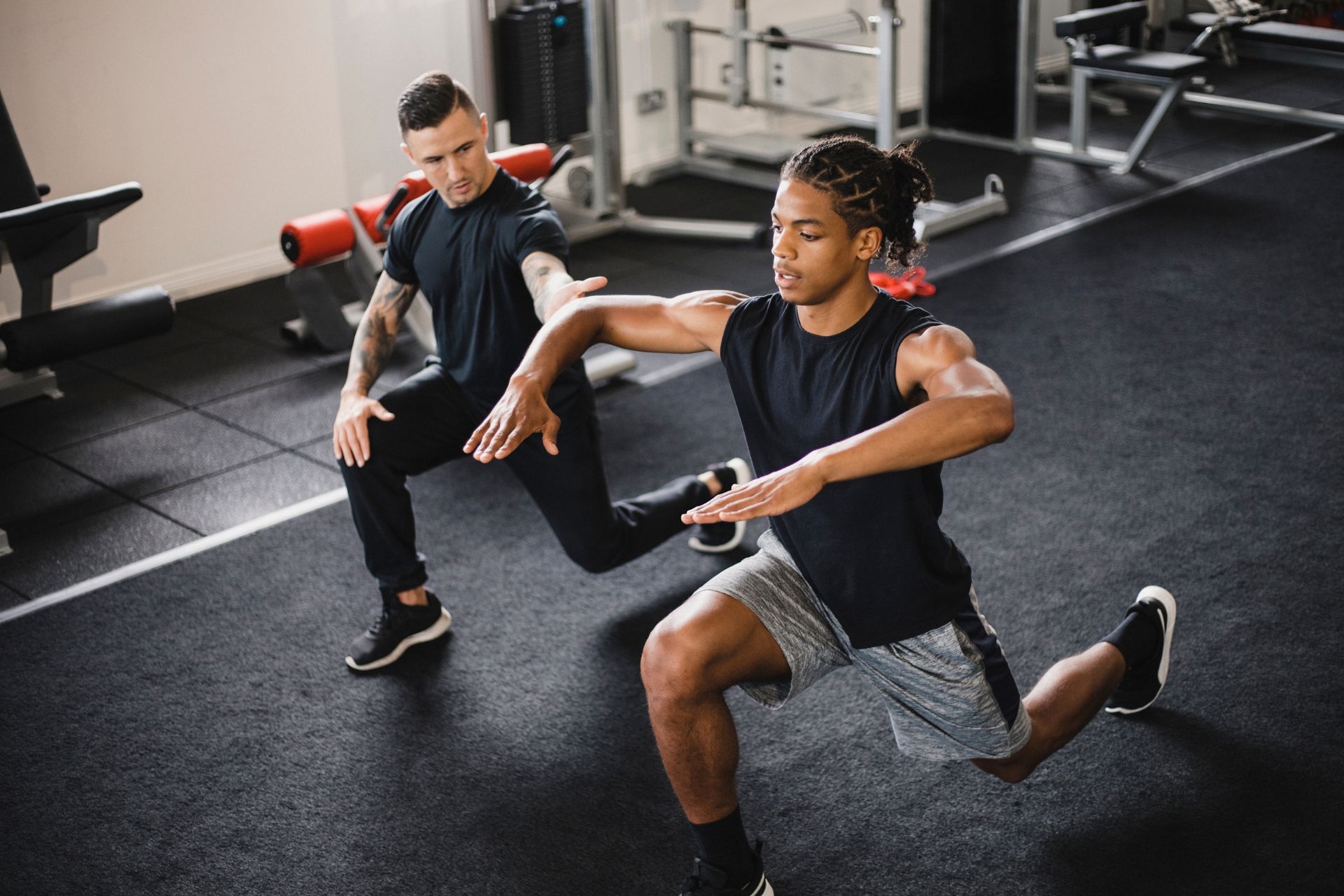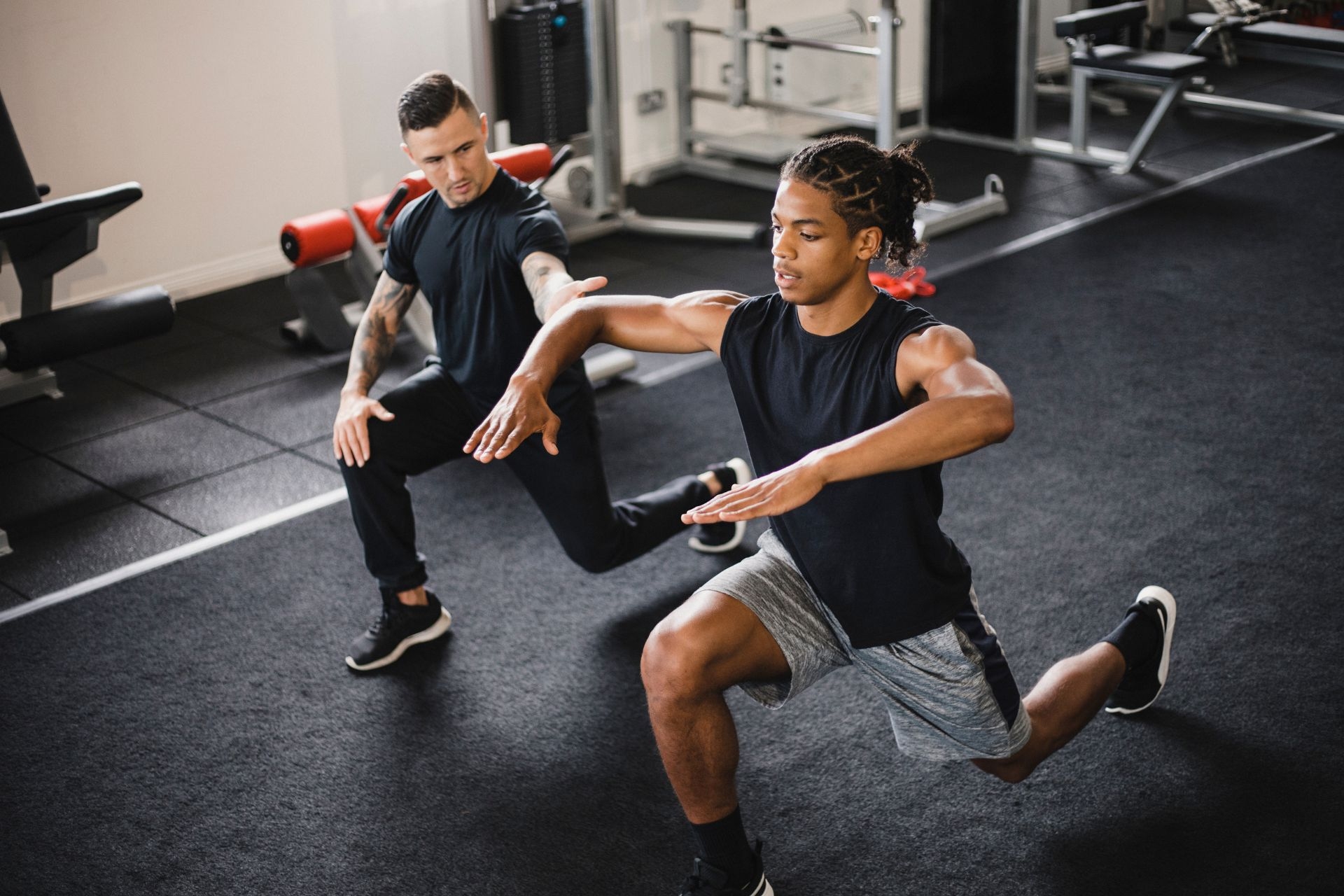Hypertrophy Targeting Methods
What are the best hypertrophy targeting methods for increasing muscle size?
To effectively target hypertrophy and increase muscle size, individuals can utilize methods such as high volume training, incorporating compound movements, and focusing on muscle contraction throughout each repetition. High volume training involves performing multiple sets and reps with moderate to heavy weights to stimulate muscle growth. Compound movements, such as squats, deadlifts, and bench presses, engage multiple muscle groups simultaneously, leading to greater muscle activation and growth. Additionally, focusing on the mind-muscle connection and ensuring proper form can help maximize hypertrophy gains by effectively targeting the muscles being worked.
Pyramid Training For Progressive Overload In Personal Training




